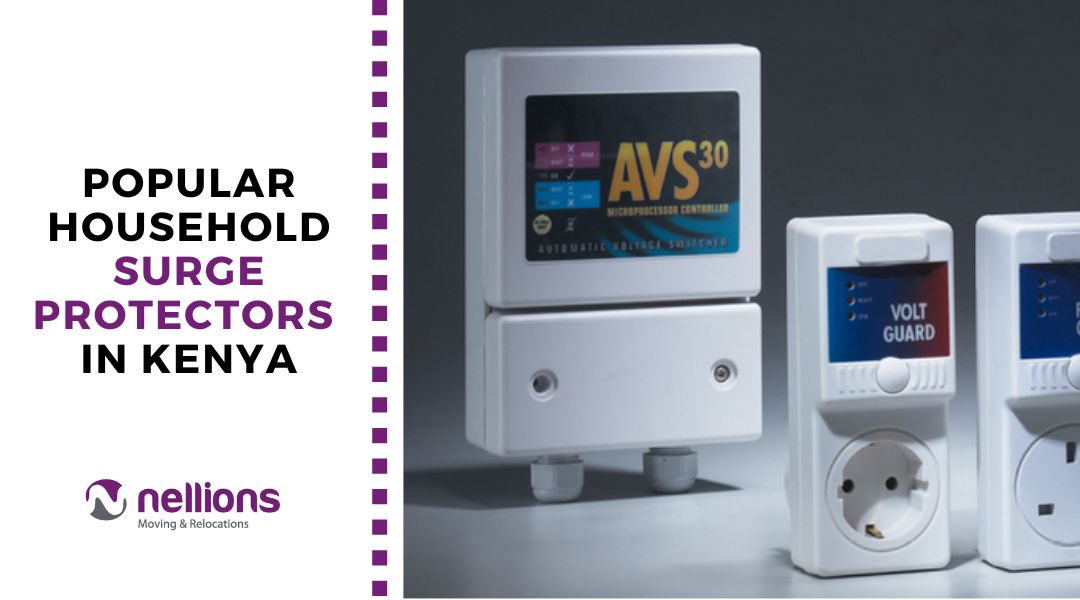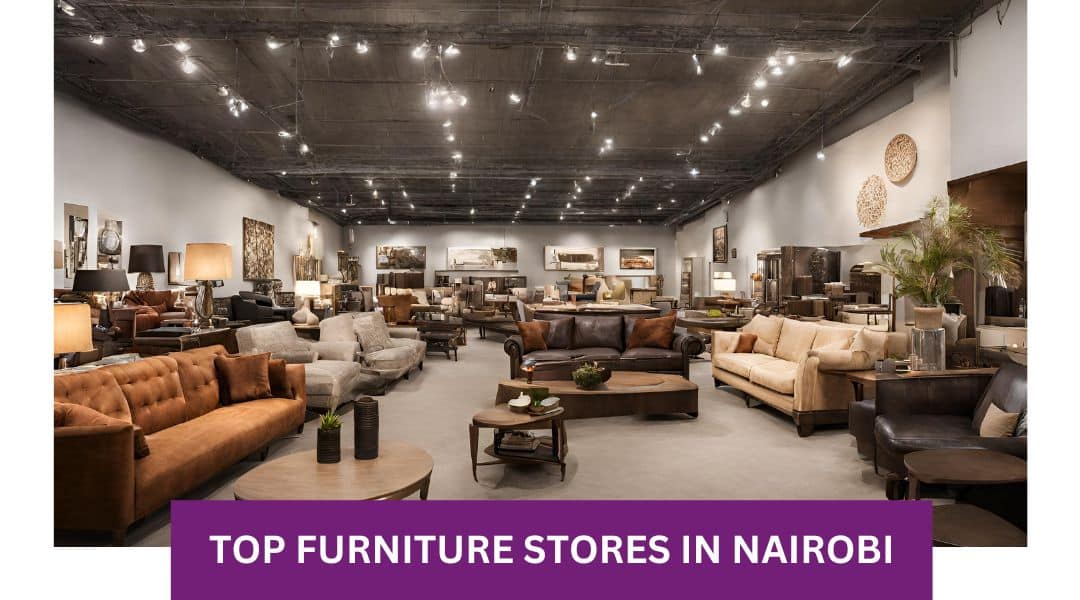Consider, for a moment, all the valuable appliances and electronics in your home.
Can you imagine going on an evening without watching the news or your favourite TV program?
The inconvenience of not being able to use the washing machine?
Or the hassle of your fridge refusing to work and all your food going bad?
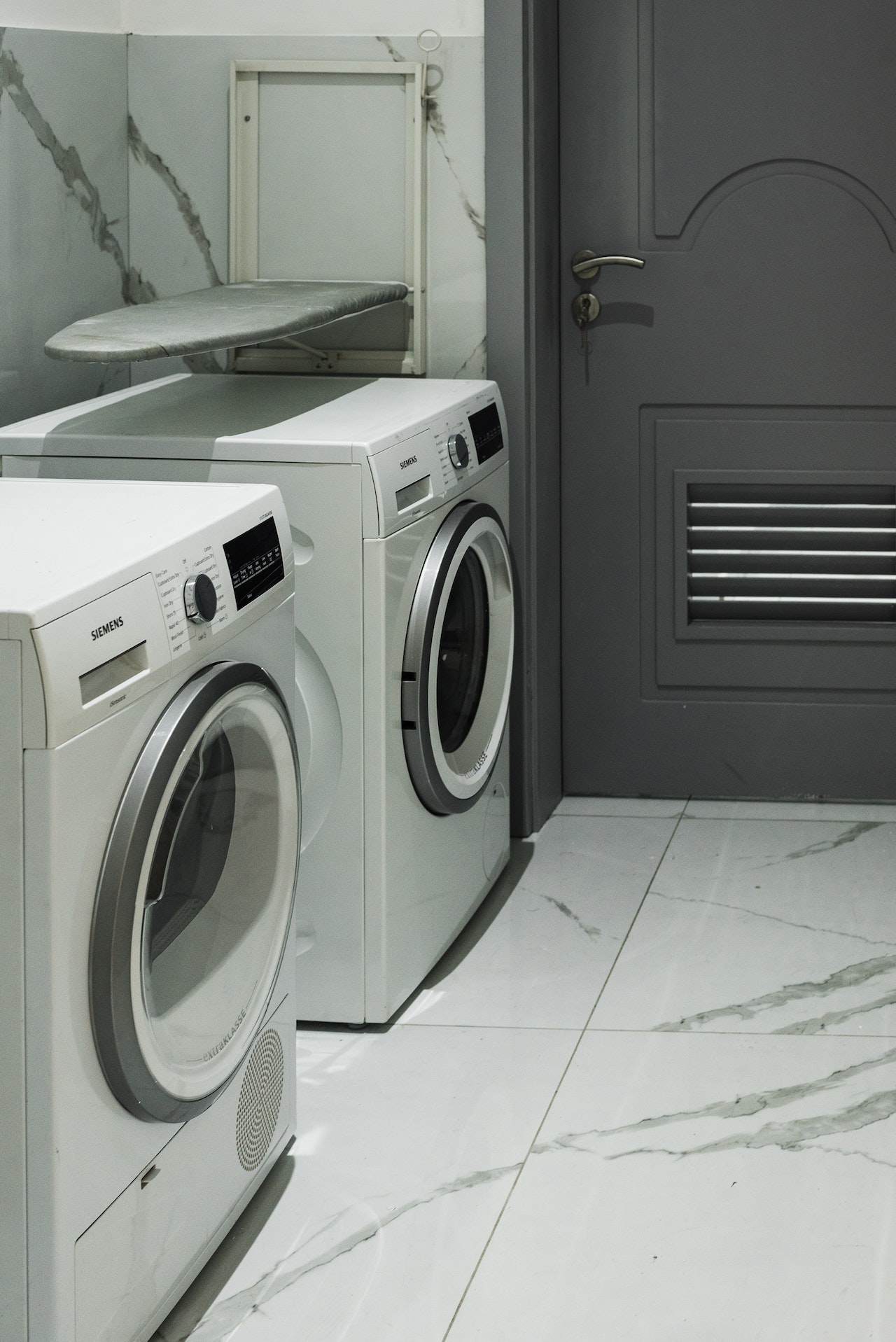
A household surge protector is a reliable safeguard for all your household electronics. Surge protectors provide layered protection for appliances and electrical systems.
Read on to discover the common types of household surge protectors in Kenya and a guide to buying the right one for your home.
Common Household Surge Protectors in Kenya
Household surge protectors will cover all the circuits in your home. In addition, they monitor any electrical surge and excess voltage before it reaches your electronics or appliances, working better than extension cords and home power strips.
The most common types of surge protectors in Kenyan homes include:
Type 1 Surge Protectors
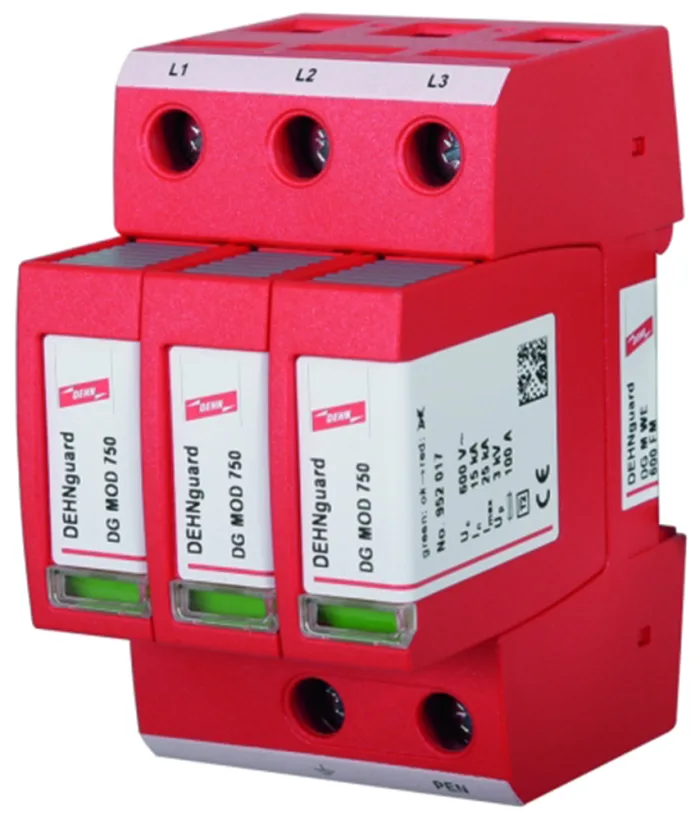
Type 1 surge protector
Type 1 surge protectors are set up at the service meter base before the main breaker chamber, commonly called the “line side,” because it permits only safe electricity levels. They provide more reliable protection against external sources and low-power, less harmful power surges.
Type 2 Surge Protectors
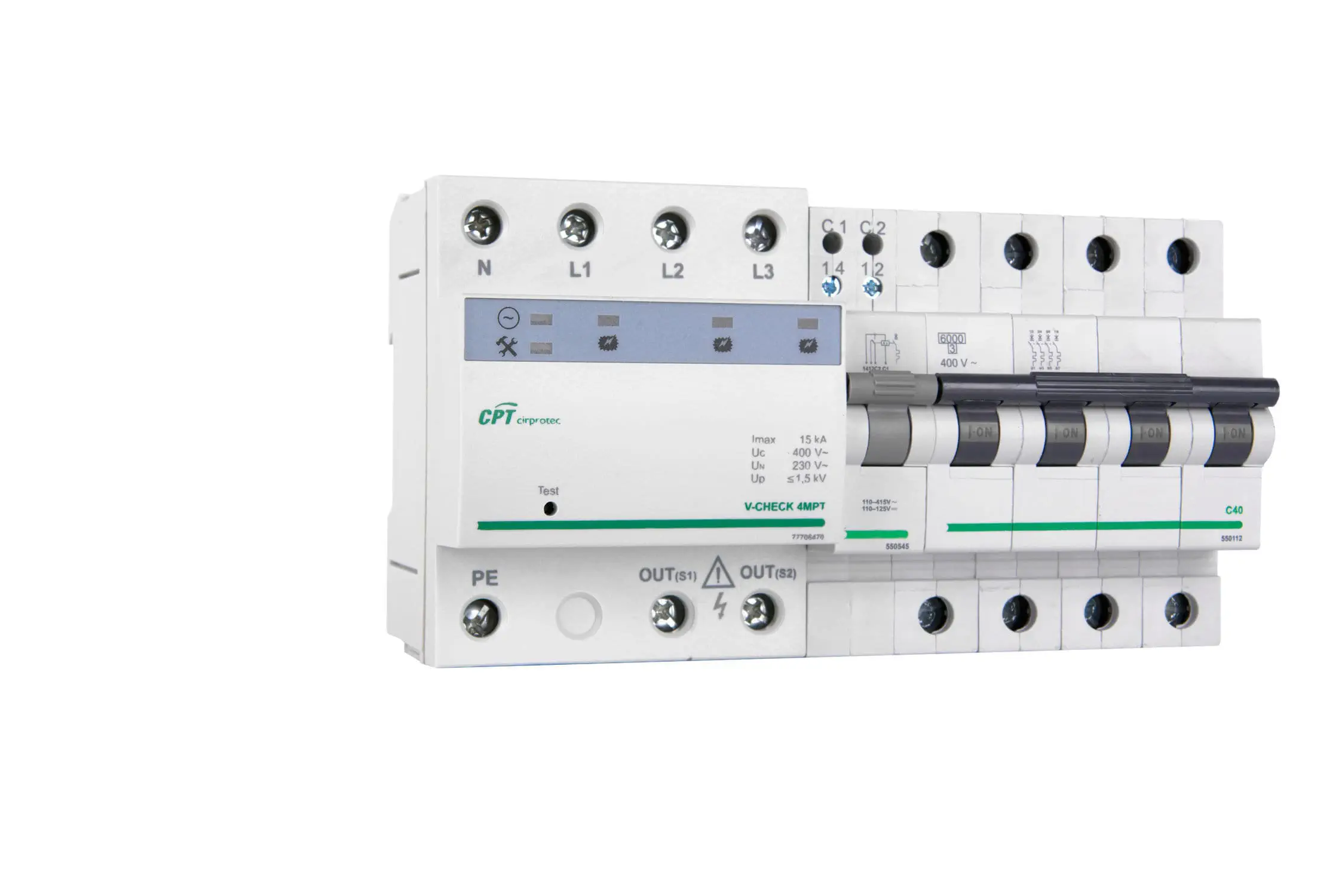
Type 2 Surge Protectors
They are fairly common and can be installed in the primary or sub-breaker panel. Setting up is easy, and anyone with DIY electrical knowledge may do it. However, hiring an electrician is advisable to ensure that single or multiple circuits are covered per your electrical system’s requirements.
For fire safety, experts recommend using type 1 and type 2 surge protectors for new homes or including them in replacement service panels for existing homes. This is because they have the highest power absorption capacity.
Type 3 Surge Protectors
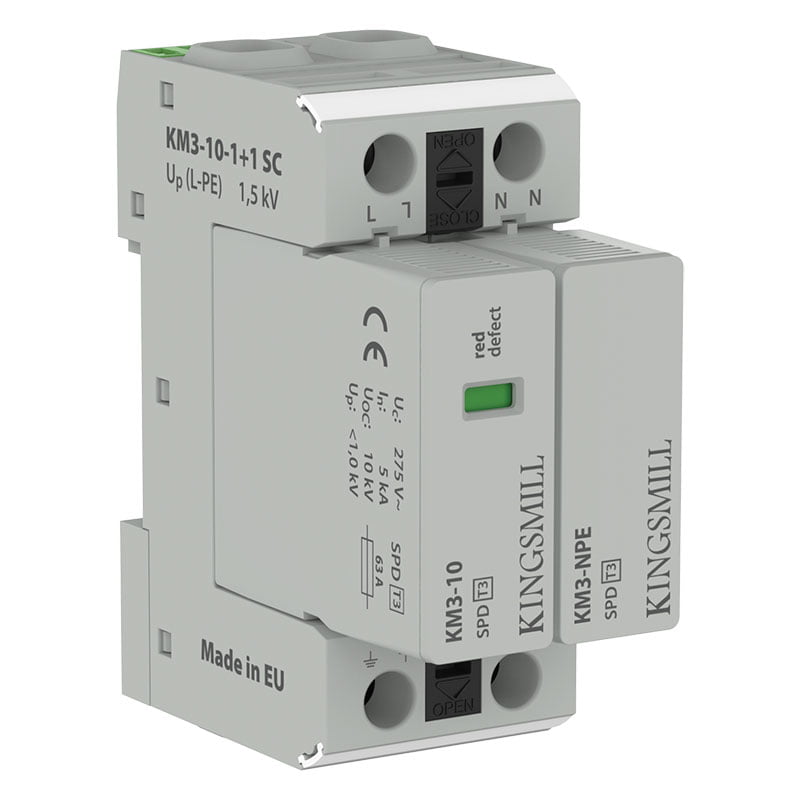
Type 3 surge protector
Receptacle surge protectors or three-phase surge protectors are a standard, more affordable option for power surge protection. They typically have 4-6 outlets and can plug into any home socket. Type 3 surge protectors are handy for protecting gaming consoles, TVs, and computers.
How to Choose the Right Surge Protector for Your Home
What features do you look for in a surge protector? Asking yourself the following three questions will help you determine the suitable surge protector for your home:
1. What Appliances or Electronics are You Protecting?
The value of the devices you want to protect is among the essential considerations. Electronics and appliances critical to home/work life or fragile and costly ones demand more robust protection.
2. Level of protection
The higher the joule rating of a surge protector, the greater the protection.
Choose a surge protector with a joule rating of at least 400. Equipment that is sensitive or expensive, like computers, displays, and audio/video gear, needs a joule rating of at least 1000.
Surge protectors with a joule rating of over 2000 typically provide the most robust protection.
3. Failsafes
Some surge protectors have LED lights that indicate if the protection fails, while some even have an alarm that rings when their protection is compromised.
If you want to protect things that run when you’re not around, choose a model that can shut off on its own.
4. How Many/What Outlets Do You Require?
Count the devices you want to plug into your surge protector and purchase a model with at least as many outlets.
If any of your appliances have right-angle plugs or transformers, select a model with adequate spacing between outlets to accommodate them.
Consider whether you will charge USB devices from your surge protector and identify models with USB-A charging ports to avoid using adapters.
5. Where Will You Install the Surge Protector?
Ensure your surge protector has mounting tabs or screw holes if you want to put it on a wall or along the side of a desk.
If there will be furniture or other items between your surge protector and its AC outlet, measure the distance between them and choose a device with a sufficiently long input wire.
It may be easier for models with right-angle plugs to navigate restricted connection areas. Consider a model with a metal casing if your surge protector will be positioned in a room with heavy foot traffic or if it may be susceptible to an odd collision.
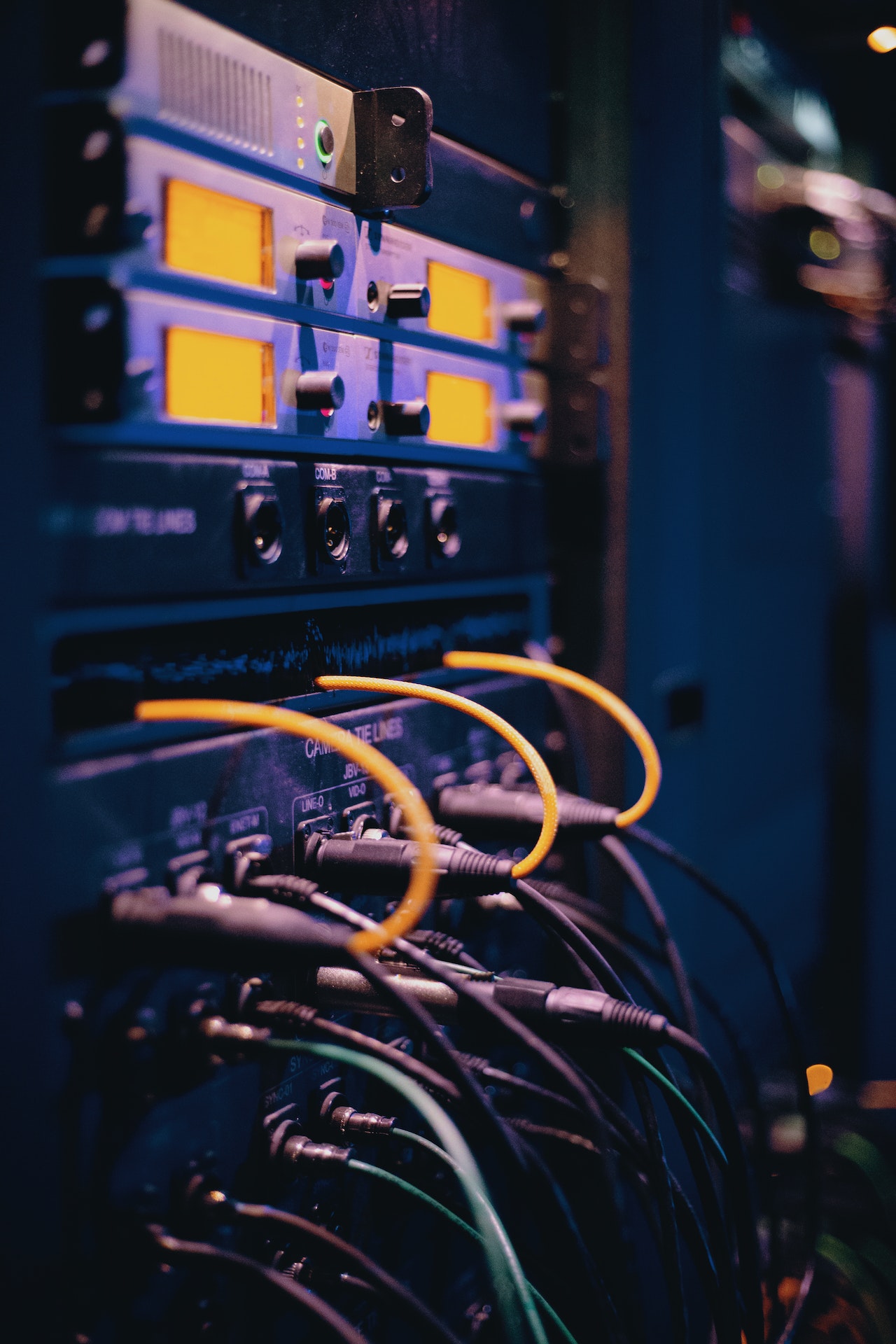
Protect your power-over-ethernet cables in a safely positioned room away from fire and collision hazards.
Other factors to consider include the following:
- Specialized purposes – Some in-line PoE (Power-over-Ethernet) surge protectors have an IP66 rating, which means they can withstand water and dust. These are perfect for outdoor uses like digital signs or security cameras.
- Warranty and Insurance – The purpose of a surge protector is to take the burden of power surges and spikes off of your equipment. Look for models with lifetime replacement warranties and insurance to repair or replace any connected equipment damaged by surges since this will wear on them over time.
- Portability – If you need to protect equipment while traveling or moving machinery, look for surge protectors with plugs that fold down and small designs that fit easily in luggage, purses, briefcases, and backpacks.
Where to buy surge protectors in Kenya
Different types of household surge protectors are designed with additional features to protect your electrical systems according to your needs. You can shop them at Kenya’s top supermarkets and hardware stores.
Installation of Surge Protectors When Moving
When moving, it is essential to reconsider whether your surge protector is still adequate for your needs.
When moving with Nellions, you don’t have to worry about hiring an electrician to help you with the installation – your moving team will have at least 1 trained electrician to help you with disconnection and reinstallation at the destination.
Installing a type 1, 2, or 3 surge protector requires technical knowledge. For safety purposes, we highly discourage anyone who doesn’t understand the workings of electrical circuits from conducting installation on their own.
Conclusion
The need for household surge protectors is rising as our houses are filled with more sophisticated yet delicate devices that basic power strip surge protectors cannot shield. Surge protectors offer several benefits which justify the typical cost of residential surge prevention and installation when considering the significant cost potential for equipment damage. Take full advantage of household surge protectors in Kenya by getting qualified electricians and home insurance for your property.




